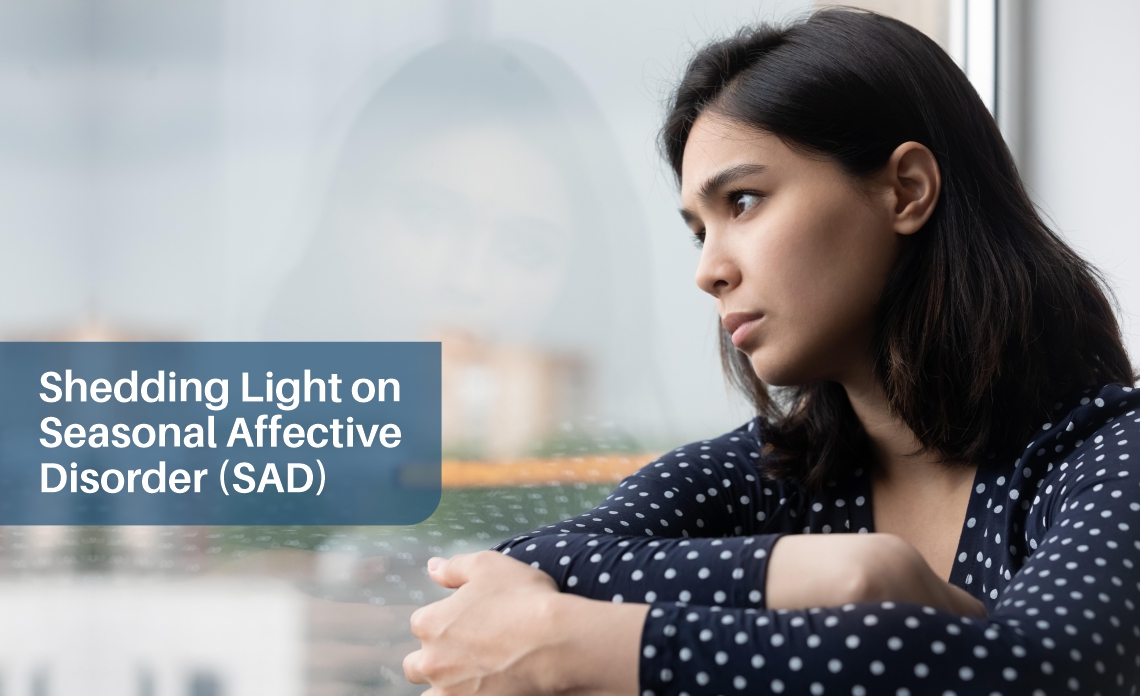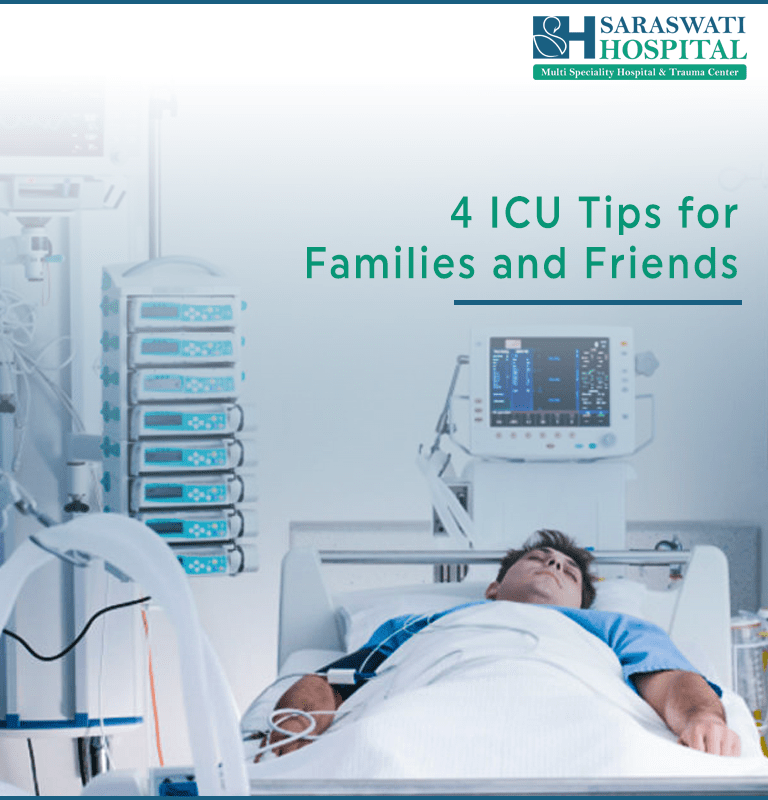
As the days grow shorter and the temperatures drop, many people find themselves experiencing subtle shifts in mood and energy levels. For some, these changes are more than just a case of the “winter blues.” They may be dealing with Seasonal Affective Disorder, or SAD. In this comprehensive guide, we will delve into the intricacies of SAD, exploring what it is, its prevalence, symptoms, causes, risk factors, diagnosis, management, and even prevention strategies.
What is Seasonal Affective Disorder (SAD)?
Seasonal Affective Disorder, aptly abbreviated as SAD, is a subtype of major depressive disorder characterised by recurrent episodes of depression that occur at specific times of the year. The most common type of SAD is the “winter depression,” where symptoms typically begin in the late fall or early winter and remit in the spring or summer.
Symptoms and Causes
Symptoms of SAD:
Seasonal Affective Disorder (SAD) is a type of depression that occurs at a specific time of year, typically during the fall and winter months when there is less natural sunlight. The symptoms of SAD can vary in severity but often include:
- Persistent low mood
- Loss of interest in activities
- Fatigue and low energy
- Irritability
- Changes in sleep patterns (oversleeping or insomnia)
- Weight gain or loss
- Difficulty concentrating
- Feelings of hopelessness and worthlessness
- Social withdrawal
Causes of SAD:
The exact causes of SAD are not fully understood, but several factors are believed to contribute to the development of this condition. These factors include:
Reduced sunlight: The most widely accepted theory is that the reduced exposure to natural sunlight during the fall and winter months can disrupt the body’s internal biological clock (circadian rhythm) and lead to the development of SAD. Sunlight exposure helps regulate the production of hormones and neurotransmitters, and reduced sunlight can disrupt this balance.
Biological clock disruption: Changes in the duration of daylight can affect the body’s internal clock, which regulates various physiological processes, including sleep-wake cycles, mood, and hormone production. This disruption can lead to depressive symptoms in susceptible individuals.
Serotonin levels: Serotonin is a neurotransmitter that plays a crucial role in regulating mood. Reduced sunlight can lead to a drop in serotonin levels in the brain, which is associated with depressive symptoms. SAD may be related to this decrease in serotonin during the winter months.
Melatonin levels: Melatonin is a hormone that plays a role in regulating sleep patterns. Reduced exposure to natural light can lead to increased melatonin production, causing symptoms of drowsiness and fatigue, which are common in SAD.
Genetic factors: There is evidence to suggest that genetic factors may play a role in an individual’s susceptibility to SAD. If you have a family history of mood disorders, you may be at a higher risk of developing SAD.
Environmental factors: Where you live and your lifestyle can also influence your risk of developing SAD. People who live in regions with shorter daylight hours during the winter are more likely to experience SAD. Additionally, certain lifestyle factors, such as lack of physical activity and an unhealthy diet, can contribute to the development or worsening of SAD symptoms.
Gender: SAD is more common in women than in men. The reasons for this gender difference are not entirely clear, but hormonal and genetic factors may be involved.
Diagnosing SAD:
Diagnosing SAD typically involves a thorough evaluation by a mental health professional. They will consider your symptoms, family history, and the timing of your mood changes. In some cases, they may use questionnaires or psychological tests to assist in the diagnosis. It’s crucial to rule out other medical conditions that can mimic SAD, such as hypothyroidism or vitamin D deficiency.
Treatment Options for SAD:
Light Therapy (Phototherapy): Exposure to a specialised lightbox that emits bright, full-spectrum light is one of the most common and effective treatments for SAD. Daily sessions of light therapy can help regulate mood and energy levels.
Psychotherapy: Cognitive-behavioural therapy (CBT) and other talk therapies can help individuals develop coping strategies to manage SAD symptoms.
Medications: In some cases, healthcare providers may prescribe antidepressant medications, such as selective serotonin reuptake inhibitors (SSRIs), to alleviate symptoms.
Lifestyle Changes: Adopting a healthy lifestyle can complement other treatments. Regular exercise, a balanced diet, and managing stress can help improve mood and energy levels.
Vitamin D Supplements: Some individuals with SAD may benefit from vitamin D supplements, as a deficiency can contribute to depressive symptoms, especially during the winter months.
Tips for Managing SAD:
Maximize Light Exposure: Spend more time outdoors during daylight hours and open curtains or blinds to let natural light into your living space.
Maintain a Routine: Establish a daily routine and stick to it, as predictability can help manage symptoms.
Socialise: Keep in touch with friends and family, even when you don’t feel like it. Social connections are crucial for mental well-being.
Stay Active: Regular physical activity, even if it’s just a short daily walk, can help improve mood and energy levels.
Mindfulness and Relaxation Techniques: Practices like meditation and deep breathing exercises can reduce stress and promote emotional stability.
Seasonal Affective Disorder is a real and treatable condition. By understanding its causes, recognizing its symptoms, and seeking appropriate treatment, individuals affected by SAD can regain control over their lives and minimise its impact. If you or someone you know is experiencing symptoms of SAD, don’t hesitate to reach out to a healthcare provider or mental health professional for guidance and support. Remember, with the right approach, there is light at the end of the tunnel, even on the darkest of winter days. For more information or inquiry, please call +91 98254 45403/09 or email: info@saraswatihospitals.com

